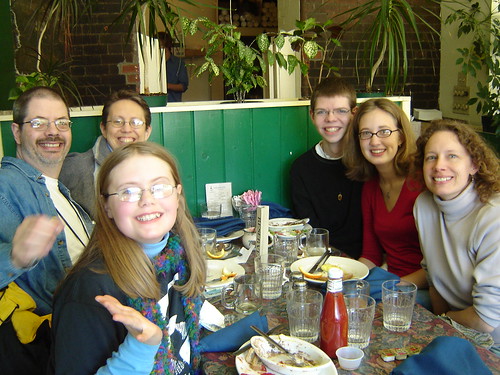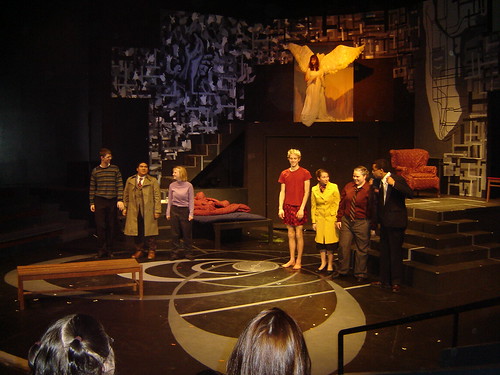Uh-huh
Margaret got the following phishing letter yesterday, from which I copy and paste directly:
Dear CitiBank Member,
We are looking forward to your assistance and understanding and inform you about new CitiBusiness® department system updrade performed by security management team in order to protect our clients from increased online fraud activity, unauthorized account access, illegal funds withdrawal and also to simplify some processes.
The new updated technologies guaranty convenience and safety of CitiBusiness® account usage. New services for your account will be effective immediately after an account confirmation process by a special system activation application.
To take an advantages of current updrade you should login your account by using CitiBusiness® Online application. For the purpose please follow the reference:
Please note that changes in security system will be effective immediately after relogin.
Current message is created by our automatic dispatch system and could not be replyed. For the purpose of assistance, please use the “User Guide” reference of an original CitiBusiness® website.
I don’t know, maybe Citibank attracts billions of dollars of savings and investments by economizing in the copy-editing department. Maybe the writers at Citibank don’t know the subtle difference between “guaranty” and “guarantee” (though one might think such ignorance runs the risk of legal complications), and maybe their IT department really does install updrades.
Maybe. But somehow, I don’t think so.

